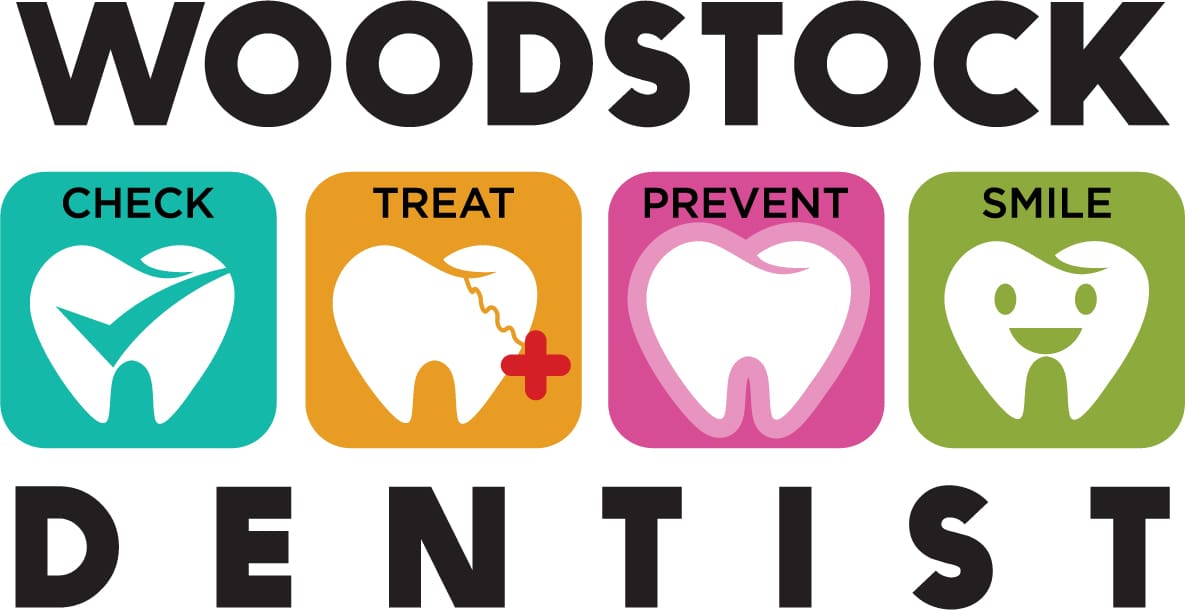Could periodontal gum disease for bad breath be the underlying cause of persistent oral odor? Periodontal gum disease for bad breath occurs when bacteria accumulate in the gums, leading to inflammation and unpleasant smells. Addressing the root cause can help manage the odor effectively.
Periodontal gum disease for bad breath: Understanding Periodontal Disease
Periodontal gum disease for bad breath is a common issue that arises when bacteria accumulate in the mouth, leading to inflammation and infection of the gums. This condition not only affects oral health but also contributes significantly to persistent bad breath. The disease progresses through stages, starting with gingivitis and potentially advancing to more severe forms if left untreated. Understanding the underlying causes and symptoms of periodontal disease is crucial in addressing the root of bad breath issues.
As periodontal gum disease for bad breath develops, it can cause the gums to recede and form pockets that harbor even more bacteria. This cycle exacerbates both the disease and the associated odor. For those seeking more information on managing this condition, exploring resources like Periodontal Gum Disease with Deep Cleaning: A Thorough Approach to Healthy Gums can provide valuable insights into maintaining oral health and combating bad breath effectively.
Gingivitis: Early Warning Signs
Gingivitis is often the first stage of periodontal gum disease for bad breath, characterized by inflammation of the gums. This condition can lead to symptoms such as redness, swelling, and bleeding during brushing or flossing. While gingivitis itself may not cause significant discomfort, it serves as a crucial indicator that your oral health needs attention. Ignoring these early warning signs can allow the condition to progress into more severe forms of periodontal disease, which can contribute to persistent bad breath.
Addressing gingivitis promptly is essential to prevent the advancement of periodontal gum disease for bad breath. Healthy gums are vital for maintaining fresh breath and overall oral health. If you notice any signs of gingivitis, it’s important to be aware of the potential implications for your breath and gum health. For more information on managing gum health, visit our page on Gum Disease Help Woodstock.
Causes of Gum Disease
Periodontal gum disease for bad breath is primarily caused by the accumulation of plaque, a sticky film of bacteria that forms on teeth. When plaque is not removed through regular brushing and flossing, it can harden into tartar, leading to inflammation of the gums known as gingivitis. If left untreated, gingivitis can progress to periodontitis, a more severe form of gum disease that damages the soft tissue and bone supporting the teeth. Other contributing factors include smoking, hormonal changes, certain illnesses, medications, and genetic susceptibility, all of which can exacerbate the condition and contribute to persistent bad breath.
Differences Between Gingivitis and Periodontitis
Gingivitis and periodontitis are both stages of periodontal gum disease for bad breath, but they differ in severity and impact on oral health. Gingivitis is the initial stage, characterized by inflammation of the gums, which may cause redness, swelling, and bleeding during brushing or flossing. It is often reversible with proper oral hygiene. In contrast, periodontitis is a more advanced stage where the inflammation extends deeper into the supporting structures of the teeth, potentially leading to bone loss and tooth mobility. This progression can exacerbate bad breath due to the accumulation of bacteria and plaque below the gum line. For those seeking more information on managing these conditions, consulting a Woodstock Dentist can provide valuable insights.
Symptoms of Gum Disease Stages
Periodontal gum disease progresses through various stages, each with distinct symptoms that can contribute to bad breath. In its initial stage, known as gingivitis, symptoms may include red, swollen gums that bleed easily during brushing or flossing. As the disease advances to periodontitis, more severe symptoms can emerge, such as receding gums, persistent bad breath, and the formation of deep pockets between the teeth and gums. In advanced periodontitis, symptoms may include loose or shifting teeth and even tooth loss. Recognizing these symptoms early is crucial in understanding the progression of gum disease and its impact on oral health.
Risk Factors for Gum Disease
Periodontal gum disease for bad breath can be influenced by several risk factors that contribute to its development. Genetics play a significant role, as some individuals may be more predisposed to gum disease due to their family history. Poor oral hygiene practices, such as infrequent brushing and flossing, can lead to plaque buildup, which is a primary cause of gum disease. Smoking and tobacco use are also major risk factors, as they can impair the immune system and reduce the ability to fight off infections. Additionally, certain medical conditions like diabetes can increase susceptibility to periodontal issues, further exacerbating bad breath. Hormonal changes in women, stress, and a diet lacking in essential nutrients can also contribute to the onset of gum disease, highlighting the multifaceted nature of this oral health concern.
Importance of Early Detection
Detecting periodontal gum disease for bad breath early is crucial in managing oral health effectively. Early detection allows for timely intervention, which can prevent the progression of the disease and its associated symptoms, including persistent bad breath. By identifying the signs of periodontal gum disease for bad breath at an initial stage, individuals can address the underlying causes of odor, maintaining a healthier mouth and reducing the risk of more severe dental issues.
Professional Treatments for Gum Disease
Addressing periodontal gum disease for bad breath often involves professional treatments that target the underlying causes of the condition. These treatments may include procedures performed by dental professionals to remove plaque and tartar buildup, which are key contributors to gum disease. By focusing on the health of the gums and supporting structures, these interventions aim to reduce inflammation and infection, ultimately helping to alleviate bad breath associated with periodontal issues. Regular professional care is essential in managing the symptoms and progression of gum disease, ensuring a healthier oral environment.
Preventive Measures for Healthy Gums
Maintaining healthy gums is crucial in addressing periodontal gum disease for bad breath, as it helps to combat the root cause of oral odor. Ensuring that gums remain in good condition can significantly reduce the risk of developing periodontal issues that contribute to unpleasant breath. By focusing on overall oral hygiene and being mindful of gum health, individuals can effectively manage the factors that lead to periodontal gum disease for bad breath, promoting a fresher and more pleasant oral environment.
Conclusion
Addressing periodontal gum disease for bad breath is crucial for maintaining fresh breath; call us at 678-483-5999 or check out our Google Maps reviews for more information.






